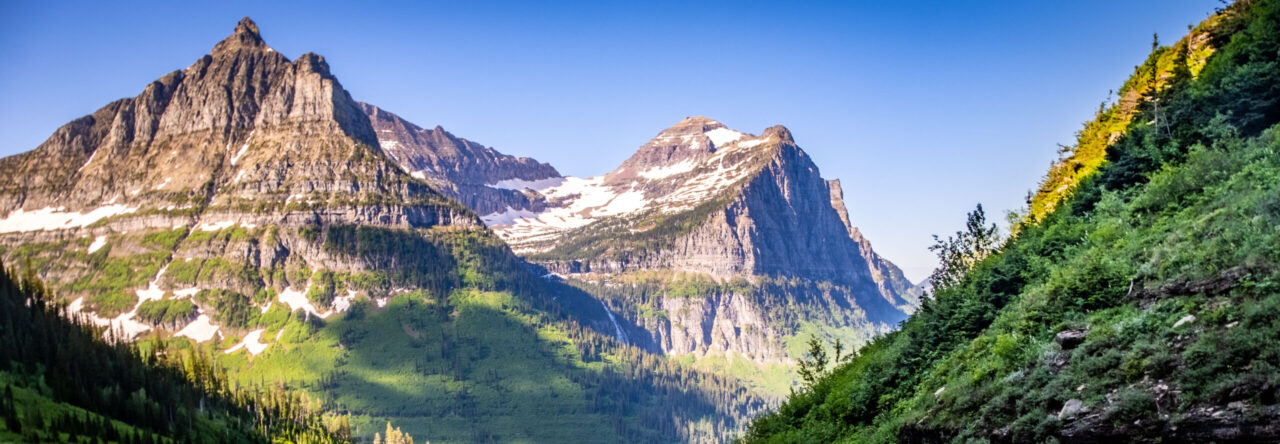This past weekend, we made our inaugural camping trip of the season. The weather was beautiful and I just had the itch to get out and sleep under the stars. We drove to Holly Recreation Area just in time to set up camp in daylight and have a campfire. One of the nice things about camping near home is the reduced travel time gives you more time in camp. Since we don’t typically camp just to camp but to explore, we don’t usually stay overnight at our local parks. This was my first time at Holly Recreation Area and it was very quiet this early in the season. I look forward to returning in the future, maybe for another low key camping trip. Who knows?
If you are ever doing a spur of the moment camping trip like this, I have a few little tips for you. I would recommend checking availability online before you leave. We were planning on going to Highland Recreation Area but after looking on the website, we discovered that to camp there in April and May you have to bring a horse. I was very glad I checked this before we left and we didn’t drive all the way out there before learning that. And of course, you could get all the way out to a campground only to find out that they are full and that wouldn’t be good either. So, I suggest that you check the website before you leave, but do not book a last minute trip online. Most campground reservation systems charge you a processing fee, but if you book at the campground they do not. By booking at the park, we saved some money and it didn’t take any additional time to check in.
Just for clarification, the above photo is from Crosswinds Marsh not Holly Recreation Area. We weren’t really at the park long enough to explore and take pictures. Maybe we will come back another time to capture it and share it here.
If you like my photos be sure to “like” my Facebook Page, follow me on Instagram, and Flickr! You can purchase prints on Etsy and Fine Art America. To see inside my camera bag, check out my Gear Page. For information about our new Guided Photography Tours, visit GuidedPhoto.com.














